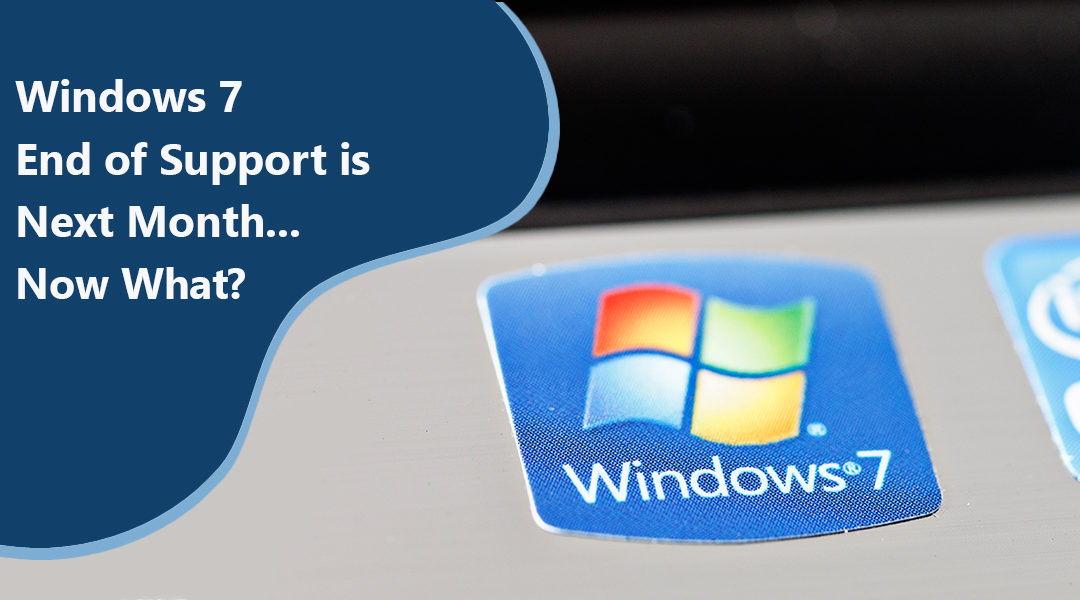Earlier this year, Microsoft officially announced that all support for Windows 7 will end on January 14th, 2020. If your organization is still utilizing Windows 7 devices, it is likely that you have already heard about this. However, you may be unaware of options available to minimize your risk.
What impact does Windows 7 end of support have on my business? A big one! Your PC will still work, but Microsoft will no longer provide technical support, software updates, security updates, or fixes. This will leave your computer at a greater risk for viruses and malware.
To put it in perspective, many Windows XP users were shaken by the global malware outbreaks of 2017, WannaCry and NotPetya, which targeted the EternalBlue vulnerability. Microsoft issued a patch for Windows 7 and Windows XP, but since Windows XP was no longer receiving extended support, the patch required a manual update. This left organizations who did not install the patch vulnerable to further attack.
The best way to stay productive and secure is by upgrading to Windows 10.
Can existing PCs be upgraded to Windows 10? Compatible Windows 7 PCs meeting the following system requirements can be upgraded with a full license:
| Processor: | 1 gigahertz (GHz) or faster compatible processor or System on a Chip (SoC) |
| RAM: | 1 gigabyte (GB) for 32-bit or 2 GB for 64-bit |
| Hard drive size: | 32GB or larger hard disk |
| Graphics card: | Compatible with DirectX 9 or later with WDDM 1.0 driver |
| Display: | 800×600 |
| Internet Connection: | Internet connectivity is necessary to perform updates and to download and take advantage of some features. Windows 10 Pro in S mode, Windows 10 Pro Education in S mode, Windows 10 Education in S mode, and Windows 10 Enterprise in S mode require an internet connection during the initial device setup (Out of Box Experience or OOBE), as well as either a Microsoft account (MSA) or Azure Activity Directory (AAD) account. Switching a device out of Windows 10 in S mode also requires internet connectivity. |
What if I can not meet the deadline to upgrade? While upgrading to Windows 10 is the best option to ensure you are secured, there is an option to extend security updates for Windows 7 until January 2023. Microsoft is offering extended security updates (ESU) for Windows 7 Professional and Windows 7 Enterprise users. The license for Windows 7 ESU will need to be purchased every year.
Please note that the security updates are built upon each other, which means that if you wait until Year 2 to purchase the security updates you will need to purchase the Year 1 updates as well. Think of this as an insurance policy: If an accident occurs, you will be protected because you opted for the insurance, but you can not retroactively claim the accident on your insurance simply because you did not anticipate the accident.
Purchasing ESU for Windows 7 is a good option to stay protected in the short-term, but with no support or updates, we strongly recommend only using this as a quick fix until you are ready to upgrade.
At Apex Digital Solutions, we are aware of the impact that this could have on your business and we specialize in solutions to modernize your desktops while keeping end-users productive. Contact us at hello@apexdigital.com today to learn more about Windows 7 ESU, evaluate Windows 10 devices, and discuss how Apex Digital Solutions can help you modernize your desktop solutions.

